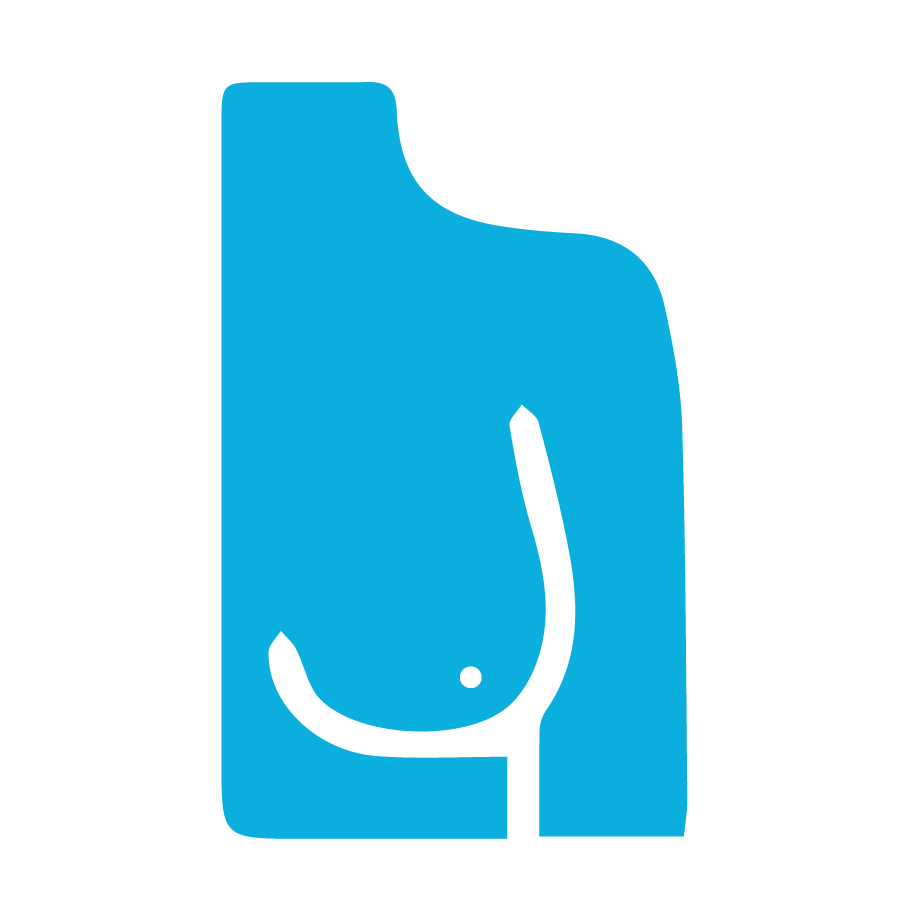Research
Flow Imaging
Background
Doppler ultrasound is commonly used in the clinic to diagnose and monitor many conditions affecting the vessels and the heart. This technique has been available to clinicians for nearly 60 years and can be used to measure blood velocities. With that, doctors can observe the cardiac and vascular condition and detect abnormal velocities as a result of cardiovascular diseases.
Doppler ultrasound measurements are based on the Doppler principle: the frequency of sound emitted from a moving source or sound reflected by a moving target will change as a result of this motion. This frequency change (fDoppler = ft-fr) is referred to as the Doppler-shift and can be used to determine the velocity of blood. However, conventional Doppler measurements are limited by the inherent angle dependency; only the velocity component along the ultrasound beam direction is estimated. This one dimensionality of the estimates implies that flow perpendicular the the ultrasound beam is not perceived, quantification of the velocity requires a manual angle correction, making it operator dependent, and additionally, visualization of complex flow patterns is not possible. This limits the usefullness of Doppler ultrasound in clinic in assessing complex flow phenomana, as many diseases and pathologies affect the blood flow, resulting in complex flow patterns where manual angle correction is prone to errors.

Many research has been and is being conducted towards the development of two-dimensional (2D) and three dimensional (3D) velocity estimation techniques using ultrasound. These methods are commonly referred to as vector flow imaging, vector velocity imaging or velocity vector imaging.
One way to circumvent the one-dimensionality of the conventional Doppler technique is to estimate the velocity by using a technique called Speckle Tracking. With this technique, the motion of blood is tracked in between two subsequently recorded images using pattern matching techniques, whereby the 2D blood velocity vector can be estimated. By repeating this procedure across the entire blood pool, or lumen, within the image view, the complete velocity field can be mapped in 2D. This technique however, requires high imaging rates to prevent the data from decorrelating. With the advent of ultrafast ultrasound imaging, acquiring thousands of images per second became possible. Unfocused plane waves or diverging waves can be transmitted which insonify the entire region-of-interest. Image lines are reconstructed simultaneously in receive by software processing, called paralel receive beamforming. A complete image can be reconstructed after every tranmitted wave and as a result, up to 20.000 images can be recorded per second. Plane wave imaging thus facilitates high frame rate data. Hereby, decorrelation of speckle can be minimized and fast moving, sometimes short-lived events can be captured.
Research/developments
Adaptive clutter filtering
Clutter filtering is an inevitabel step in blood velocity imaging to suppress to so-called clutter signal which otherwise dominates the blood signal. We made use of the availabilty of continous data at high imaging rates, by implementing a high order clutter filter with a narrow transition region, to reduce the distorting effects of the filter on the blood signals. Futhermore, we proposed an adaptive clutter filter, where the cut-off point of the filter is based on the velocity of the surrounding tissue. This facilitates improved clutter suppression throughout the full cardiac cycle.
Adaptive velocity compounding
A Speckle-Tracking-based 2D velocity estimator based on ultrafast plane wave ultrasound recordings has been developed and validated. The method is based on a dual-angle plane wave acquisition scheme and the compounding of the displacements estimated at an angle. Simulations and experiments show the ability of this method to estimate the velocity of blood with high accuracy and precision. Furthermore, a clinical feasibility study was conducted, estimating the velocity in the carotid artery of patients and healthy volunteers. Reproducibility was shown for the estimated velocity fields. Furthermore, complex recirculating and reversed, sometimes short-lived, flow patterns were succesfully captured in high detail, which could not be visualized using conventional Doppler imaging.
Higher transmit frequencies
The performance of ultrafast vector velocity imaging is likely to improve when using higher transmit frequencies due to the increased spatial resolution and blood signal power. However, higher frequencies lower the penetration depth. We try to compensated for this by using Cascaded Dual-polarity Waves (CDW)*. CDW transmits a train of pulses instead of a single pulse plane wave. By making use of simple summation/subtraction and delay operations, the train of pulses can be summed into a single pulse with an increased signal to noise ratio. At this moment, we are investigating whether this technique can be combined with our adaptive velocity compounding technique, to be able to obtain blood velocity estimates in case of higher attenuating situations.
* Zhang, Y., Y. Guo, and W.N. Lee, Ultrafast Ultrasound Imaging With Cascaded Dual-Polarity Waves. IEEE Trans Med Imaging, 2018. 37(4): p. 906-917.
First explorative clinical studies
Two explorative clinical studies will be performed to unravel the relation between blood flow velocity profiles and the progression and risk of carotid plaques. First, ultrafast dual-angle plane wave ultrasound recordings will be performed in asymptomatic patients with 30%-70% carotid stenosis during 2-year follow-up. Two subgroups will be established based on conventional ultrasound measurements (stable plaque versus plaque progression) and the association between blood flow velocity (related) parameters and disease progression will be evaluated. Second, plane wave ultrasound recordings will be acquired in patients with >50% carotid stenosis who are scheduled for carotid endarterectomy. Histology staining of the excised plaque will differentiate vulnerable from stable plaques. The association between blood flow velocity (related) parameters and plaque vulnerability will be examined. With these explorative studies, we aim to demonstrate the potential of the speckle-tracking-based 2D velocity estimator in the assessment of plaque progression and vulnerability. In future, this might enable more sophisticated, personalized treatment decision-making.
3D flow imaging
Using high-framerate 3D ultrasound and matrix transducer, we aim to bring the developed 2D vector velocity imaging techniques towards 3D. Out goals is to assess 3D time-varying flow patterns in the lumen of the carotid artery.
Clinical Applications






